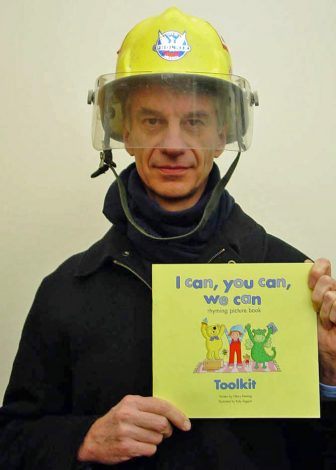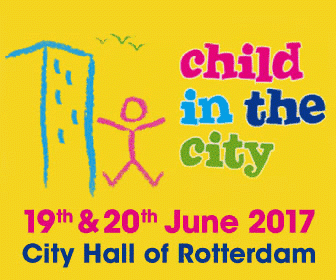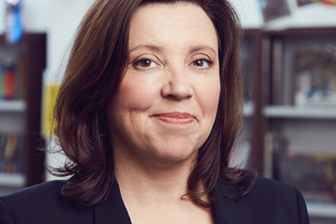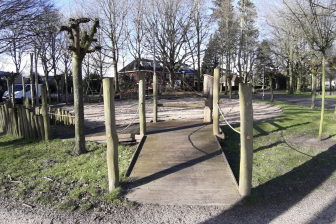
“Develop, nurture, encourage”
In this third in our series of interviews with speakers at our forthcoming international seminar on urban planning an children, Willem van Vliet highlights the importance of the planning community engaging with stakeholders, including children and young people, beyond their professional sector.
 What in your view defines a child-friendly town or city?
What in your view defines a child-friendly town or city?
A child-friendly community enables children to develop their potentials, nurtures in them empathy for other population groups, and encourages recognition of their interdependence with them and the environment.
How important is the planning system in either supporting or compromising society’s responsibility for children’s rights?
Planners can play a facilitating role in the realisation of children’s rights as related to urban development. As such, their role is limited and must be enacted in concert with other stakeholders in the public realm, including young people. Children’s rights extend well beyond urban development, and other spheres (e.g. schools) are largely beyond the scope of planners, as is the important informal sphere of the home environment.
What do you think are the major challenges for urban planners in relation to children and young people?
A major challenge for urban planners is their limited ability to bring about a culture change needed to re-align common perceptions regarding the proper place of children in society – socially and spatially. Further challenges arise from political and economic contexts constraining planners’ actions, and a sectorally delineated professional territory as well as a relatively short timeline for actionable decisions, conflicting with the often longer horizon needed for actions based on participatory approaches.
What does your own research suggest should be the priority for policymakers wanting to promote children’s rights in the public realm?
Policymakers should form partnerships with relevant stakeholders to inform policy decisions in a manner that mainstreams participation by young people.
What is your advice to children’s rights advocates aiming to make the case for child-friendly policies in planning and spatial development?
We need to form strong alliances to develop common goals and objectives. Assessing processes and outcomes is of course always necessary, with regular refocussing as appropriate. Creating precedents is also important, and we should celebrate and promote our successes.
Thank you.
Interview with Adrian Voce
Main photo: Tuncay
Inset photo: Willem van Vliet
Willem van Vliet is Professor Emeritus of Environmental Design at the University of Colorado, Boulder. He is an urban sociologist who directed the PhD Program in Design and Planning at CU. He also founded and directed the Children, Youth and Environments Centre and revived the Children, Youth and Environments journal, serving as its lead editor for 13 years. He helped create initiatives in Denver and Boulder to integrate child and youth voices into urban planning and design. His current interests include intergenerational communities and program evaluation.
Professor van Vliet’s presentation in Rotterdam will distinguish between needs-based and rights-based approaches to children’s participation, share lessons learned from a child-friendly partnership in Boulder, CO, now in its 9th year, and discuss the challenges faced by initiatives that focus on young people’s engagement in urban planning.
Urban Planning and Children, a Child in the City international seminar to be held in Rotterdam on 19-20 June 2017. More than fifteen speakers will present their insights and findings on Urban Planning and Children. Visit the conference pages here for more information and details about registration.




